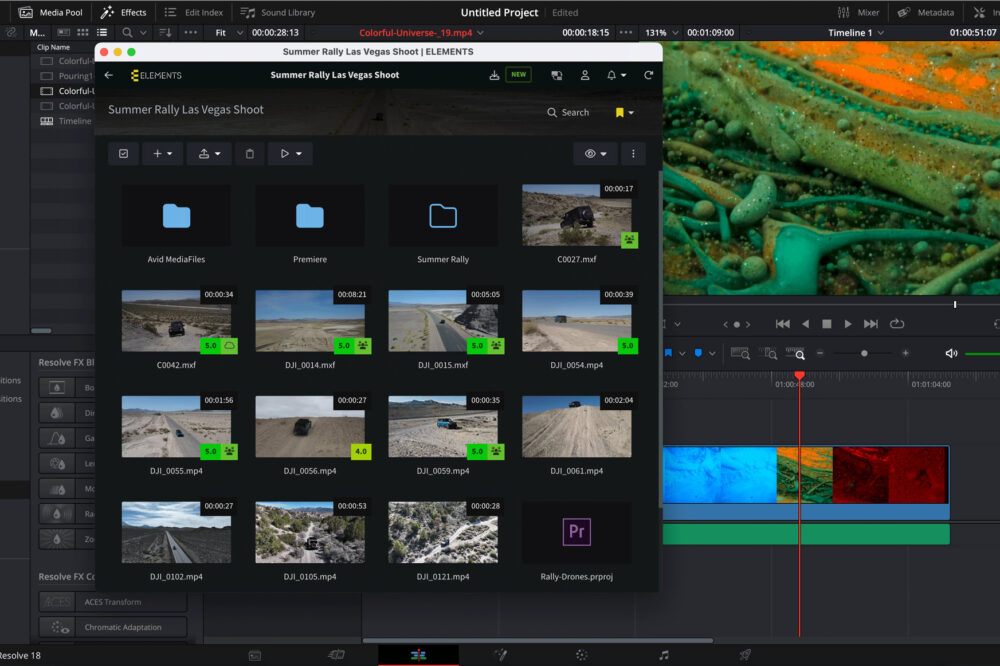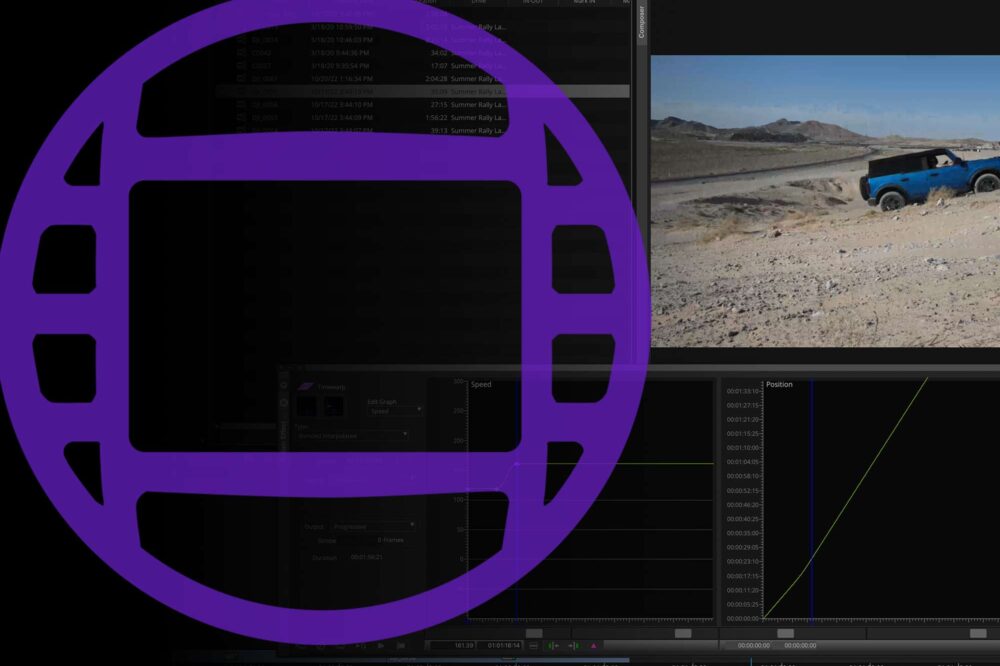Journal entry #385: It has been more than a year now since the media and entertainment industry was abruptly thrust into the realm of remote work. During this time, some have been quicker to adapt than others to a whole new set of rules and laws governing this universe. While the educators of the industry have focused primarily on the technology to let us access our data as quickly and easily as possible, they have in most cases neglected one of the most important aspects of successful content creation – communication. I have delved deep into the online landscape to gather the wisdom that is about to be shared with you and I am happy to present to you the great communication cheat-sheet for remote media workflows.
Organisation
Efficient remote communication and collaboration is arguably even more dependent on organisation than it is on the tools that allow it. However, organisation is an ongoing and ever-evolving process that it is often tricky to get the hang of. Companies that struggle with organisation often try to tackle this issue by implementing an ever-increasing number of tools – an approach that has the potential to complicate and slow things down. Here are a couple of things that you should try before going out to look for a shiny, new, all-promising tool.
1. Communicate precisely
Despite the fact that talking is synonymous with communication, research has shown that the biggest part of person to person communication actually occurs on a nonverbal level. Eye contact, facial expressions, gestures, tone of voice and other subtle cues convey the bulk of meaning in a conversation and often put the persons narrative into context. In a home-office based, decentralised company, a big part of this nonverbal communication is often missing. For this reason, it is very important to be clear and concise and to get the point across without leaving much room for misunderstandings. Example:
Hi there, since last week I’ve been completely overrun by my project, so I was wondering if it would be alright to move our Tuesday meeting to Thursday so I can have time to finish everything and start with a clear head.
VS
Hi there, would you mind moving our meeting to Thursday? I’m kinda overrun with work.
Which one of these two is more likely to be misunderstood in your opinion?

2. Avoid long texts
Long texts require more of the recipients’ time and attention. Therefore, they are more likely to be left for later or misunderstood as the reader will probably only take a quick glance over it in an attempt to extract the essence. Focus instead on the core of the message and practice conveying it in an efficient and short manner.
3. Set clear goals, deadlines and expectations
Humans are a mess – we forget important information, occasionally misunderstand things and our minds regularly wander during meetings. In an office environment, these errors often get corrected in casual conversations with our colleagues while waiting for a coffee or maybe in a spontaneous chatter in the hallway. The lack of casual exchanges in a home office environment means that errors and misunderstandings can persist for a long time before being corrected. This is why setting clear goals, deadlines and expectations is essential to achieving team synchronicity. Feel free to ask questions to ensure that everyone is on the same page.
4. Regular check-ins
Having regular meetings is a great idea for multiple reasons. Reviewing work that has been done and laying out plans for moving forward is a great way to set personal goals and to gather motivation. Regular check-ins also provide everyone in the team with additional new information that may be interesting or even crucial to their projects.
Communication tools
When it comes to communication tools, one rule is important to keep in mind – quality over quantity. Experiment with different tools and try to find a sweet spot at which your productivity is at a maximum while at the same time using the fewest number of tools. Luckily, these tools often come with free versions or trial periods in which the software can be tried out free of charge. Use these offers to test if, and how well, the software will integrate into your workflows.

1. Communication platforms
Longbefore the home office became the norm, communication platforms such as Slack, Zoom and Microsoft Teams were widely used. Here at ELEMENTS we have been using Slack for many years now and we couldn’t imagine the world without it. Even before the pandemic, a big chunk of our communication was happening over Slack and now it serves not only as a work coordination tool, but also as a channel for relaxed conversation. Even though Slack can sometimes be a bit buggy, we highly recommend maintaining an active Slack board or any other channel of uncomplicated, cross-platform communication.
Here is a list of some of the best-known communication platforms:
Slack – Per user licensing. Restricted free version available.
Discord – Per user licensing. Restricted free version available.
Zoom – Per host licensing. Free version restricts meetings to 40 minutes.
Google Meet – Free to use.
Microsoft Teams – Per organisation licensing. Restricted free version available.
2. Satellite remote editing tool
Our focus on the media and entertainment industry and our close work with our customers has over the years has led us to create a number of powerful communication and collaboration tools. The extremely responsive ELEMENTS Satellite allows you to access your remote workstation and to work on it with great ease. Something that has never been experienced before. How can Satellite help your team collaboration? Two users can simultaneously access the same editing workstation, making the tool perfect for collaboration during editing and other creative processes. ELEMENTS Satellite offers many other useful features and you can try it out for free – Request a 14-day free trial.

3. Media Library comments
“The first version turned out great, but can you fix the thing where that happens?” How often have you received feedback like this and were struggling to understand what exactly it is that the client is asking you to change? With the Media Library you can share preview links with clients and allow them to create frame-accurate comments on the footage. If desired, they can even add drawings to the comments. This feature ensures efficient and traceable communication and prevents misunderstandings.
4. Task assignment
Coordinating work over email and messaging applications can be quite challenging and can result in people misinterpreting information or losing sight of the end goal. Using the Task assignment function of the Media Library is a simple and efficient way to organise work within your team. When a task is assigned, the user will be notified, and a new task entry will appear in their to-do list. Upon completion, the task can simply be resolved. This approach helps to achieve optimal work distribution in the team and minimises the potential for tasks to go under.

5. Automated notifications
The Workflow Automation Engine is a feature of every ELEMENTS system, allowing you to automate your everyday work, no matter how simple or complex. As a step in any automation, the system can send emails, client notifications or even Slack messages to any number of people. Imagine how much time one approval workflow can save, that archives the approved asset, adds metadata to it, automatically transcodes it and informs all those involved about the progress. The automated notification process easily keeps all selected users informed about the progress of the running project and eliminates the possibility of human error.

Want more?
If you are interested in finding out more about the hot topic of remote work, we’ve stumbled upon this valuable article and can recommend giving it a read: How to Work Remotely and Still Be the Best. We especially like Ryans best practices for team communication.


